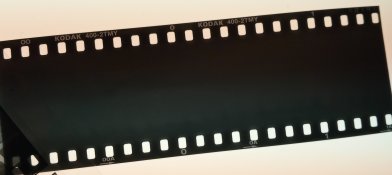Hi all,
I've been mixing up 1g stannous chloride with 5ml acetic acid and then watering up to 500ml water (room temp) so the solution is 1% (since 5ml is very little some water has been necessary to cover the stannous chloride to mix it). Ive done this the night before developing black and white reversal (instead of light re-exposure), and this has worked very well. To be honest, Im not sure if its the amount of stannous chloride or the 1% acidic solution that makes it keep over night... beeing used the following day maybe stannous chloride and plain water would do despite hydrolysis.
Anyway, I tought Id mix up a 2L solution and check after some time if it would keep. Yesterday I mixed up 4g of stannous chloride in 20ml glacial acetic acid watering up to 2L (room temp). However, today already, hydrolysis is taking place... the solution is definitely not clear and I suspect it might not work. Ive mixed up stannous chloride with HCl and it holds, but Im not using that in a photographic process.
So, what Im wondering is if anyone has experience in mixing up stannous chloride solutions as a chemical re-exposure bath? Especially one that keeps? Im interested in all forms and experiences really.
Cheers
Peter
I've been mixing up 1g stannous chloride with 5ml acetic acid and then watering up to 500ml water (room temp) so the solution is 1% (since 5ml is very little some water has been necessary to cover the stannous chloride to mix it). Ive done this the night before developing black and white reversal (instead of light re-exposure), and this has worked very well. To be honest, Im not sure if its the amount of stannous chloride or the 1% acidic solution that makes it keep over night... beeing used the following day maybe stannous chloride and plain water would do despite hydrolysis.
Anyway, I tought Id mix up a 2L solution and check after some time if it would keep. Yesterday I mixed up 4g of stannous chloride in 20ml glacial acetic acid watering up to 2L (room temp). However, today already, hydrolysis is taking place... the solution is definitely not clear and I suspect it might not work. Ive mixed up stannous chloride with HCl and it holds, but Im not using that in a photographic process.
So, what Im wondering is if anyone has experience in mixing up stannous chloride solutions as a chemical re-exposure bath? Especially one that keeps? Im interested in all forms and experiences really.
Cheers
Peter













